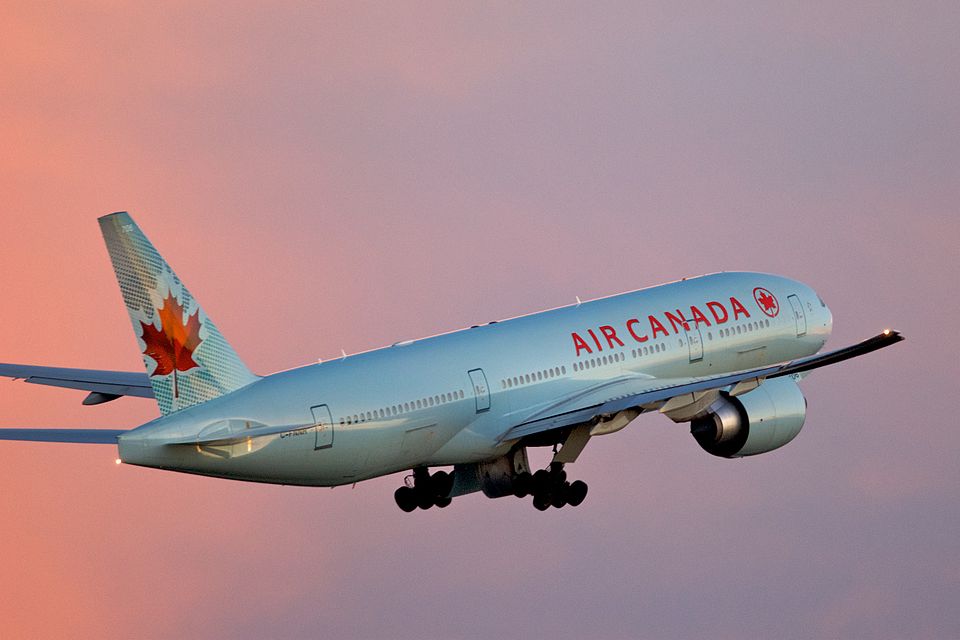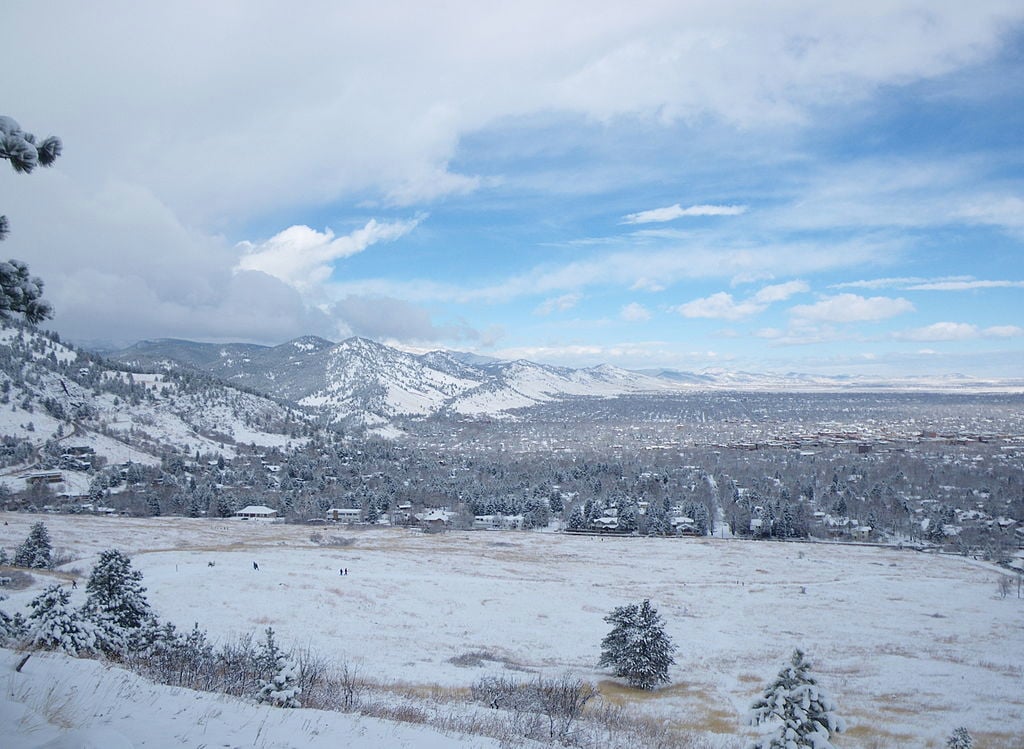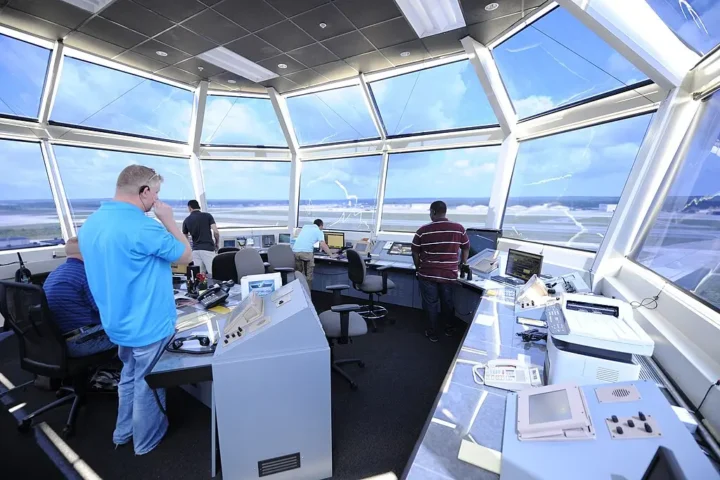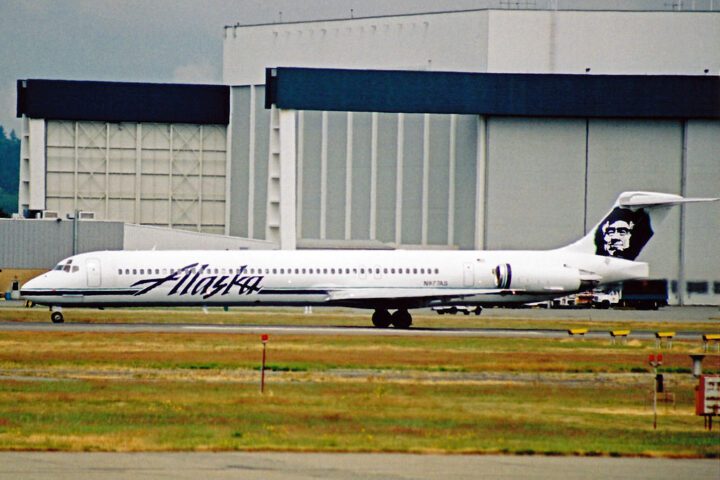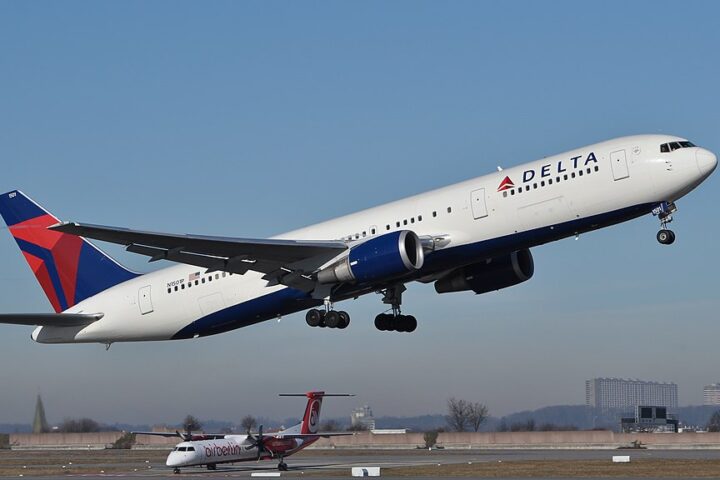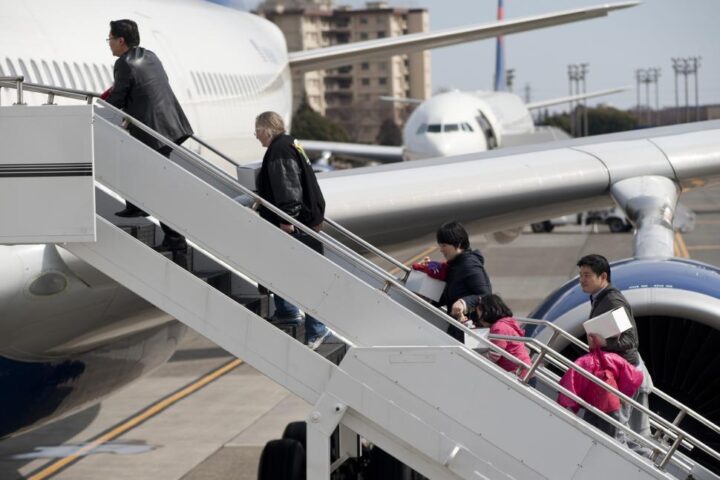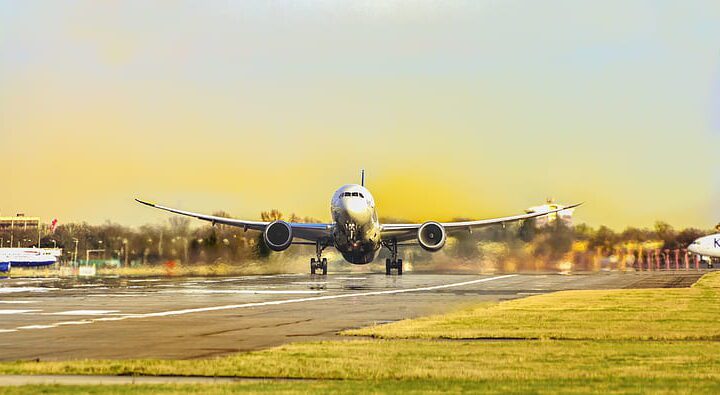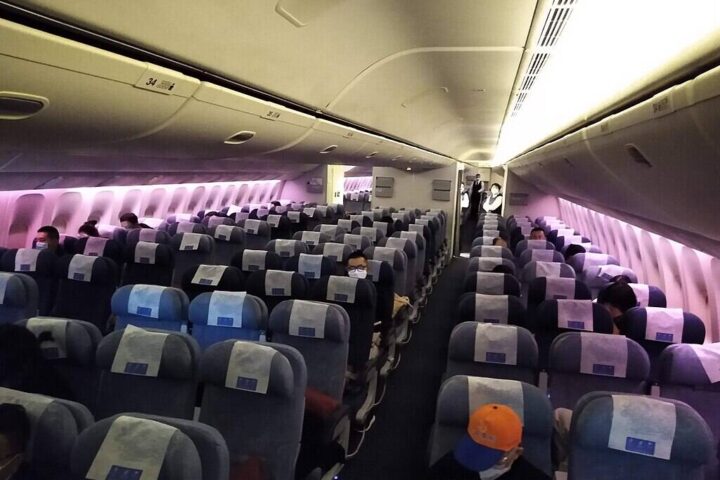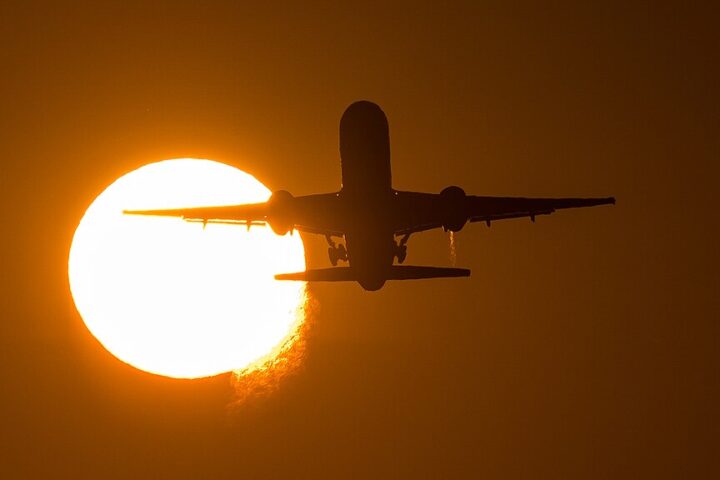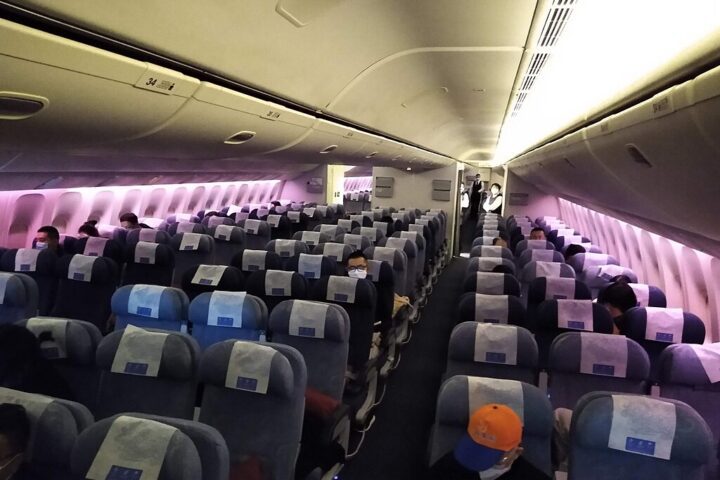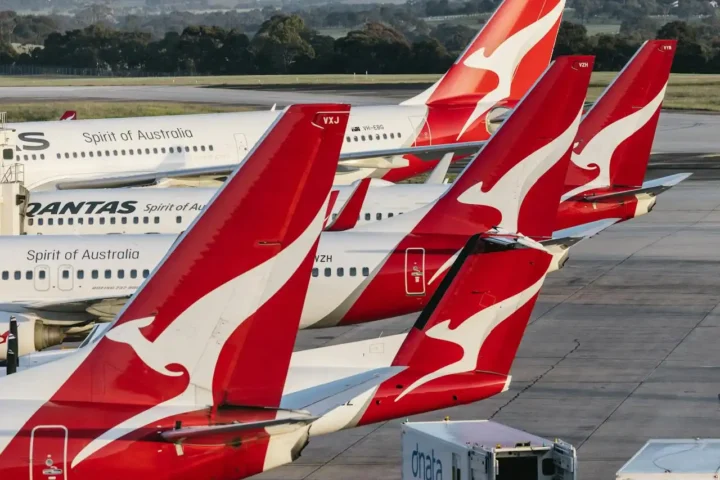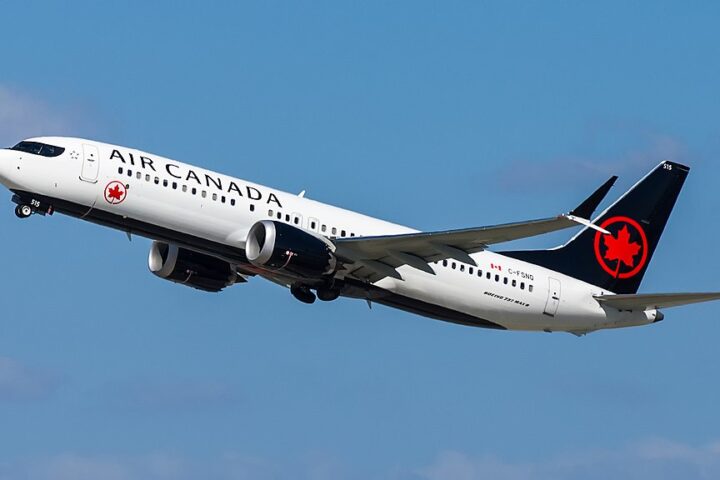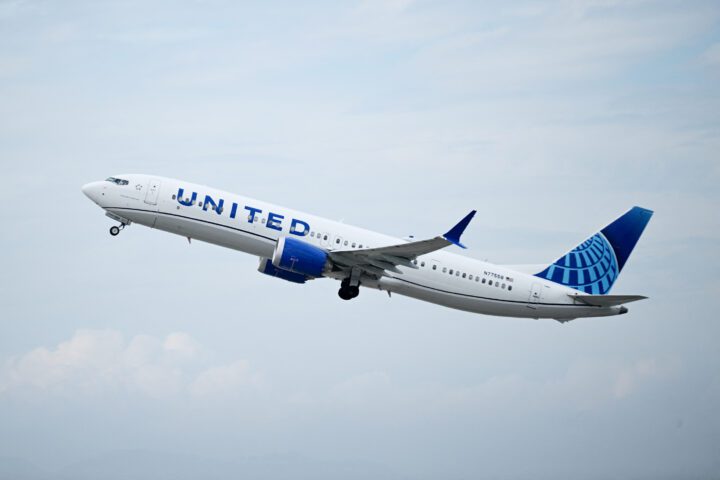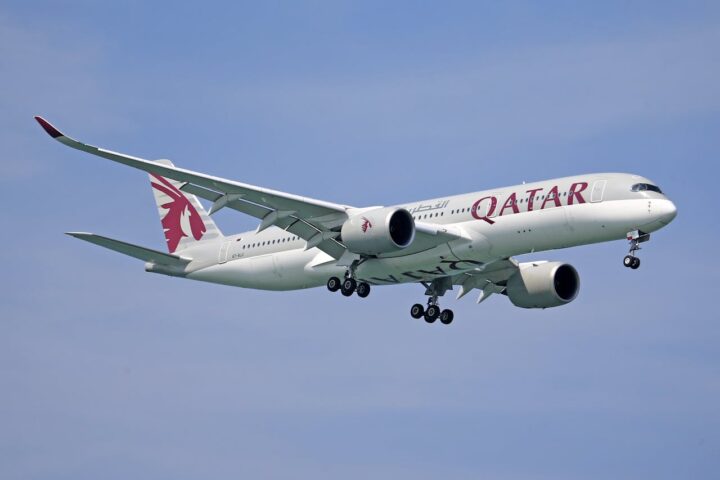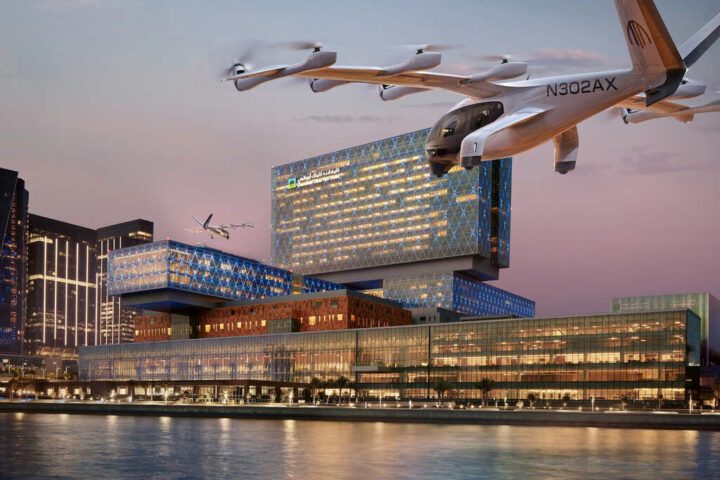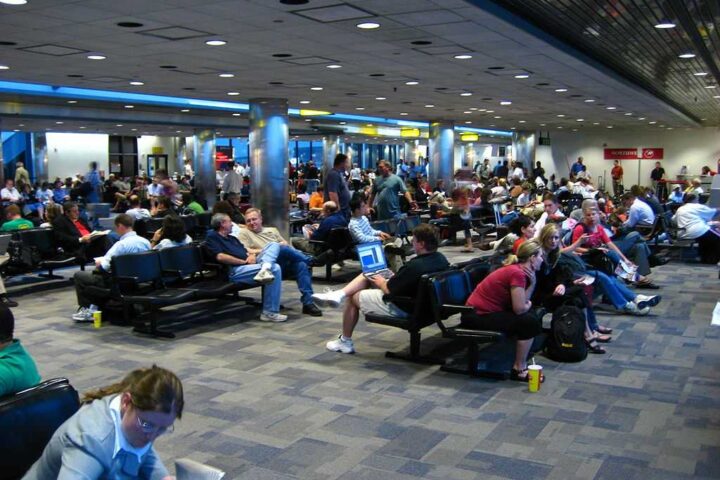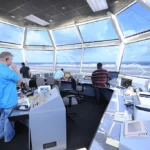The skies fell silent for Canada’s flag carrier overnight. At 12:58 a.m. ET this morning, cabin crews began their strike against Air Canada, with the carrier simultaneously implementing its lockout notice, halting mainline operations.
“Deadheading to nowhere” might best describe the situation facing roughly 130,000 daily passengers now scrambling for alternatives as the carrier’s mainline and Rouge operations have been suspended completely. Only Air Canada Express flights, operated by regional partners Jazz and PAL Airlines, continue to climb through Canadian skies.
Flight attendants have gathered at picket lines at major Canadian airports, protesting working conditions after months of unsuccessful negotiations. According to CUPE representatives, staff have endured years of challenging conditions while working increasing amounts of unpaid time.
At the negotiating table, the fracture lines run deep. CUPE, representing 10,000 in-flight personnel, has pushed hard on two fronts: base wages and ground pay compensation. Many cabin crews are only paid when aircraft are in motion, with CUPE arguing this payment structure leaves critical safety work uncompensated.
“Until the wheels move, we are not paid,” explained Henly Larden, vice-president of CUPE 4094, who noted that flight attendants work an average of 35 unpaid hours monthly during boarding and deplaning phases.
The monetary gap remains vast. Air Canada’s terminal offer included 38% in total compensation increases over four years with partial “ground pay” – offering 50% of hourly rates for certain pre-flight duties. By the carrier’s math, senior flight attendants would reach $87,000 annually by 2027, with hourly rates potentially hitting $94 in year one.
Air Canada said its proposal “would have made our flight attendants the best compensated in Canadian skies,” and notes the package includes improved defined benefit pensions unavailable at competing carriers.
CUPE dismisses these figures, arguing the base rates trail inflation and would leave many struggling financially when factoring in total hours worked. They seek 100% compensation for all duty hours, regardless of whether aircraft doors are closed.
With both sides dug in, Ottawa has entered the fray. Jobs Minister Patty Hajdu has received Air Canada’s formal request to invoke Section 107 of the Canada Labour Code, which would force binding arbitration. CUPE leadership appears opposed to this approach, preferring direct negotiation.
“Air Canada is a very complex system…it’s simply not the kind of system that we can start or stall at the push of a button,” warned Air Canada COO Mark Nasr, indicating a minimum one-week restart timeline once any resolution emerges. With aircraft and crews scattered across six continents, the carrier’s fleet of over 250 aircraft requires careful repositioning before normal operations can resume.
For stranded travelers – including approximately 25,000 Canadians the airline flies home from abroad each day – the situation demands immediate action. Passengers holding Air Canada reservations should:
- Verify reservation status via aircanada.com or the carrier’s mobile application before approaching any terminal
- Process refund requests online for canceled segments
- Explore rebooking options through Air Canada or other carriers where possible
- Expect longer-than-usual wait times if contacting customer service
At Canada’s major gateways, extra ground staff have been deployed to manage passenger flow. Both Toronto Pearson and Vancouver International have established dedicated help areas for disrupted travelers.
The timing couldn’t be worse for the aviation sector. Load factors across North American carriers are high during this peak August travel period, leaving minimal capacity for accommodating disrupted passengers. WestJet and Porter have acknowledged monitoring the situation but caution that their available inventory remains limited.
As dawn broke over silent gate areas once bustling with Air Canada’s distinctive red maple leaf, the question hanging in airport concourses across Canada isn’t whether the carrier and its cabin crews will reach agreement – but when. Until then, for thousands of travelers, their journey faces an unexpected and unwelcome holding pattern.
